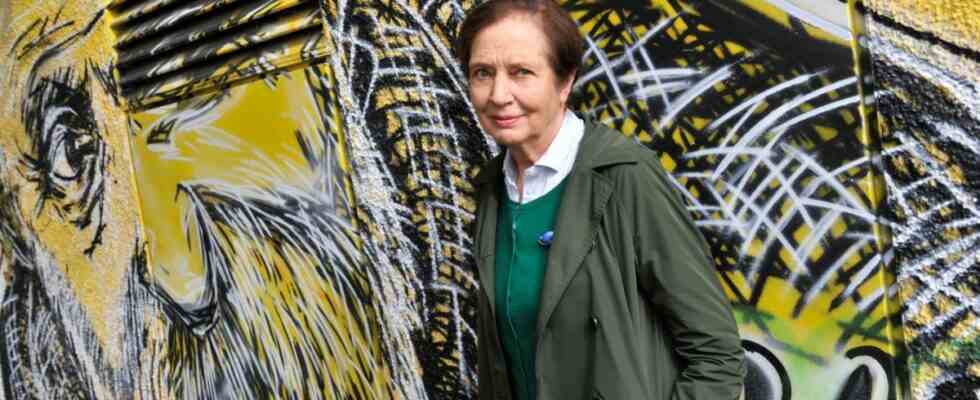Not far from the S-Bahn station in Wessling, a portrait of a great artist shines on a wall: an image of Pierre-Auguste Renoir (1841-1919), once a much-praised French impressionist. In 1910, a Munich private scholar invited the painter to portray his wife and daughter. So it happened that Renoir and his family lived in Weßling for a summer. A good 100 years later, the events of that time once again aroused new interest: the cultural group founded by Ulrike Roos about ten years ago, which is now affiliated with the local neighborhood help as part of the Weßling integration point, has recreated Renoir’s stay in an almost half-hour film . On Monday, the film project “Renoir in Weßling” was awarded the Upper Bavarian Integration Prize in the “Culture” category. “By re-enacting historically documented events and anecdotes, it was possible to get closer to the Impressionist painter, the people, the family who accompanied him and his circle of friends,” says the laudatory speech.
In several workshops, which took place every two weeks on Saturdays, locals and refugees worked together on the exciting topic. “A project like this creates cohesion and shows different skills,” Roos explained. The cultural group she heads produces a new film almost every year, but there is no fixed rotation. Eight films have been made since 2012. The workshops are open to everyone, anyone who wants to can take part.
The Weßlinger See served as a backdrop.
(Photo: Erich Ruba/oh)
Let’s look like 100 years ago: The cultural group had a lot of fun with the costumes that were as true to the original as possible.
(Photo: Erich Ruba/oh)
Roos came across the French painter some time ago: “About eight years ago I heard a radio report about Renoir and I was immediately interested in his story,” she says. Among other things, she drew the information for the current project from this contribution. A publication about Renoir by the Weßlingen local researcher Erich Rüba also helped Roos to retell the story. Because the film shouldn’t be fiction, but play as close to reality as possible.
“How are they supposed to learn about the culture if nobody teaches them?”
In order to be able to implement the story as authentically as possible, the group immersed themselves in Renoir’s life for months. So it was also a good idea to immerse oneself in the Impressionist art world, to copy paintings by the painter and to implement one’s own ideas in his artistic style. As a result, you are “part of the retrospective” that the film is supposed to represent, explains Roos. Accompanying the creative work, the group visited a few museums to become better acquainted with the era. For Roos, the cultural participation of children and young people as well as refugees is part of the concept: “The easiest way to get people interested in culture is to work there.” This is particularly important for the current refugees from Ukraine. “Where are they supposed to learn something about the culture from if nobody teaches them?” asks Roos and adds: “In this way we can also counteract all the suffering with something beautiful.”
On their own, the group gradually developed an idea of how the film should ultimately look. Together with three artists and a costume designer, Roos developed stage sets and a screenplay. She also received professional support from a cameraman during the filming. “Of course we don’t want to compete with any director,” says Roos with a grin, “because imperfection shows that it’s handmade.”
The cultural group was supported during the shoot by a professional cameraman.
(Photo: Erich Ruba/oh)
Roos repeatedly involved the participants in the preparation of the shooting days, because they were supposed to be in front of the camera at the end. She sees an advantage in the film work, especially for the refugees: “The participants make big leaps in language,” she explains. “Where you had to say every word to them at the beginning, they later said entire sentences on their own.” They had particular fun with the costumes: “Disguises make something out of people,” reports Roos. A “creative atmosphere that is good for everyone” was created for everyone.
The film was shot after just two and a half days – and since Monday it has been able to call itself “excellent”. But there can be no talk of a break. The next film is already being planned. Again it should be about a painter: Friedrich August von Kaulbach, who died in 1920 in Ohlstadt near Murnau am Staffelsee. It is not yet clear when the project will be finished. Roos takes the time it takes to create a joint work “piece by piece”.

